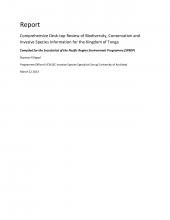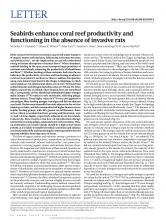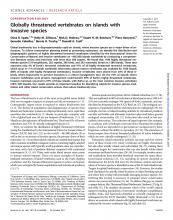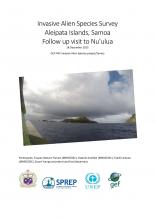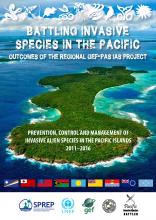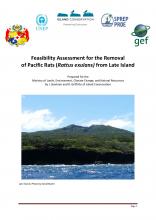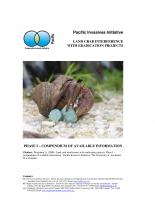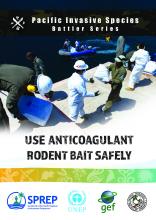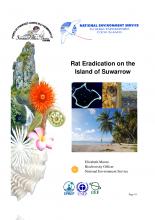Seabirds enhance coral reef productivity and functioning in the absence of invasive rats

BRB
Available Online
Carr, Peter.
,
Graham, Nicholas A. J.
,
Hoey, Andrew S.
,
Jennings, Simon.
,
MacNeil, M. Aaron
,
Wilson, Shaun K.
2018
Biotic connectivity between ecosystems can provide major transport of organic matter and nutrients, influencing ecosystem structure and productivity, yet the implications are poorly understood owing to human disruptions of natural flows. When abundant, seabirds feeding in the open ocean transport large quantities of nutrients onto islands, enhancing the productivity of island fauna and flora. Whether leaching of these nutrients back into the sea influences the productivity, structure and functioning of adjacent coral reef ecosystems is not known. Here we address this question using a rare natural experiment in the Chagos Archipelago, in which some islands are rat-infested and others are rat-free. We found that seabird densities and nitrogen deposition rates are 760 and 251 times higher, respectively, on islands where humans have not introduced rats. Consequently, rat-free islands had substantially higher nitrogen stable isotope (?15N) values in soils and shrubs, reflecting pelagic nutrient sources. These higher values of ?15N were also apparent in macroalgae, filter-feeding sponges, turf algae and fish on adjacent coral reefs. Herbivorous damselfish on reefs adjacent to the rat-free islands grew faster, and fish communities had higher biomass across trophic feeding groups, with 48% greater overall biomass. Rates of two critical ecosystem functions, grazing and bioerosion, were 3.2 and 3.8 times higher, respectively, adjacent to rat-free islands. Collectively, these results reveal how rat introductions disrupt nutrient flows among pelagic, island and coral reef ecosystems. Thus, rat eradication on oceanic islands should be a high conservation priority as it is likely to benefit terrestrial ecosystems and enhance coral reef productivity and functioning by restoring seabird-derived nutrient subsidies from large areas of ocean.
